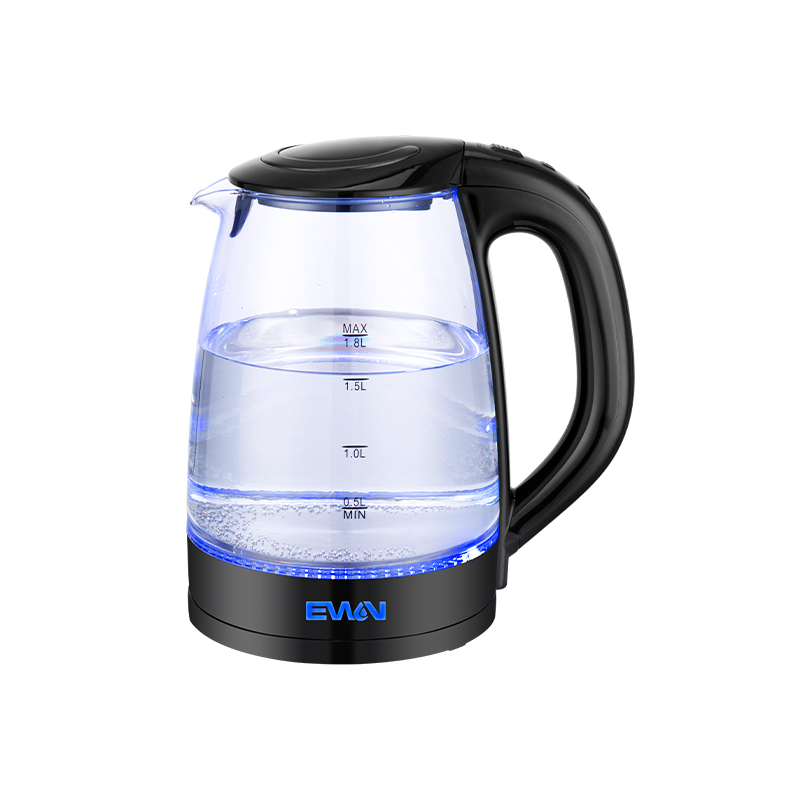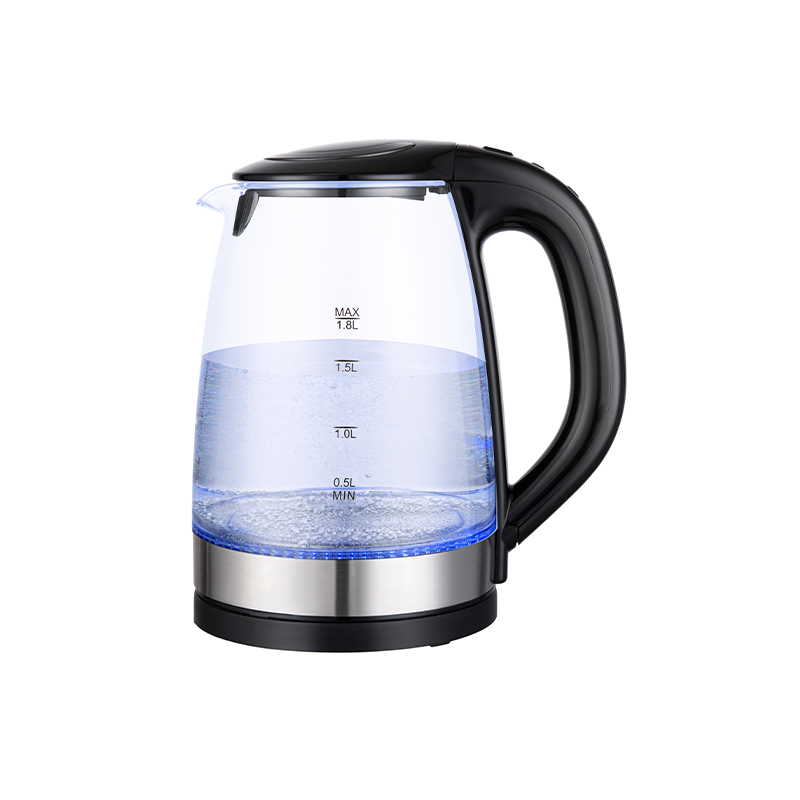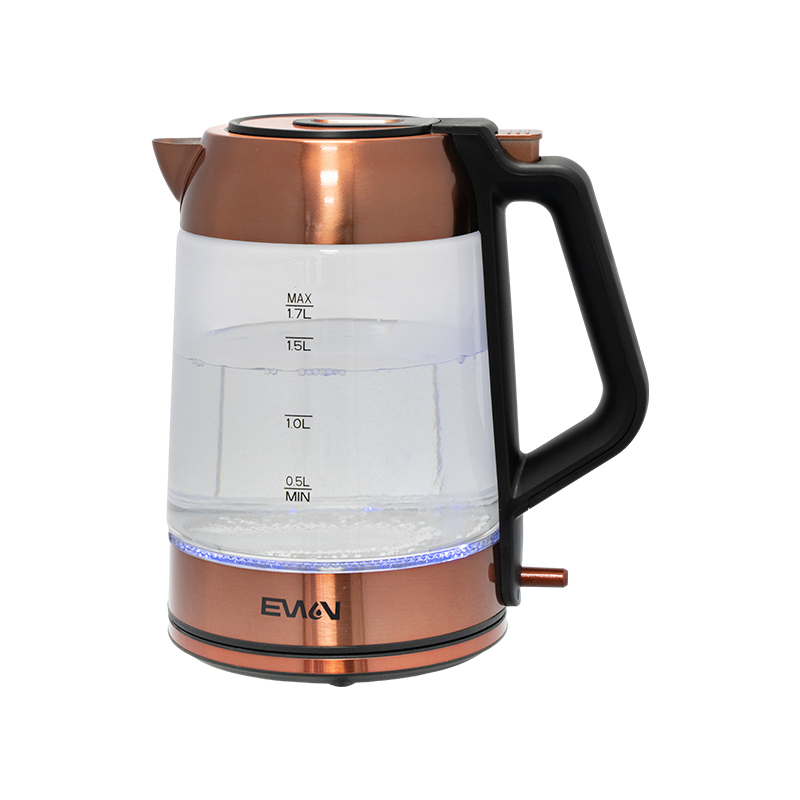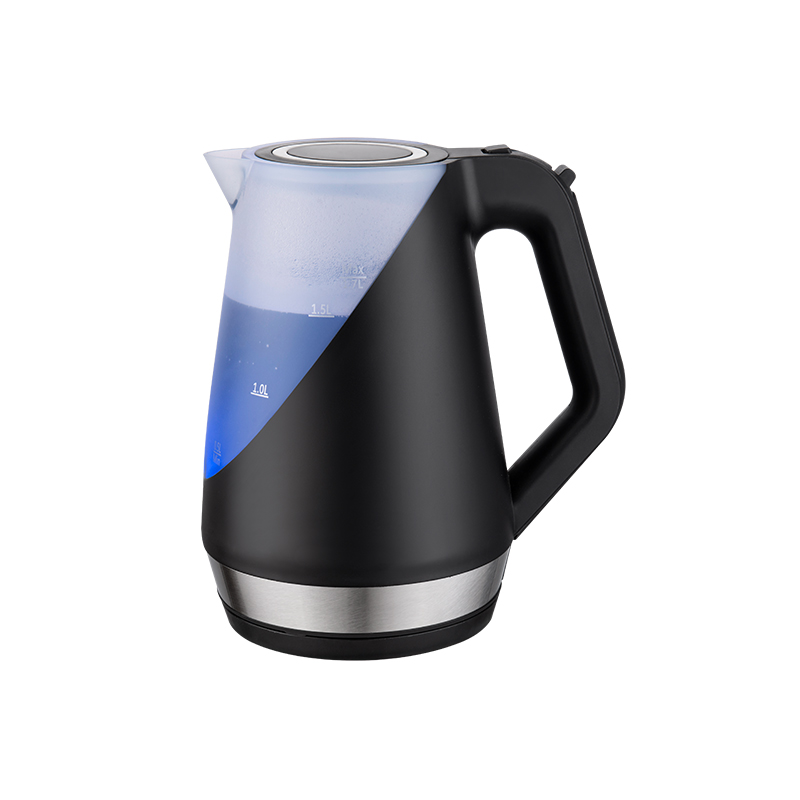+86-18667862027
Web Menu
Product Search
Exit Menu
Does the slush machine tend to accumulate ice or produce odors?
Ice Accumulation in Slush Machines
Slush machines are designed to maintain a consistent semi-frozen texture of beverages, which requires precise control over temperature and mixing. However, ice accumulation can occur in these machines due to several factors, including low product flow, excessive freezing time, or improper machine settings. When the machine operates at a lower temperature than necessary or without adequate agitation, ice can form on the inner surfaces and around the mixing blades. This accumulation can affect the quality of the slush, leading to uneven texture and potential interruptions in product flow. Regular monitoring of the freezing cylinder and adjustments to the machine’s temperature and mixing speed can help reduce the risk of ice buildup.
Factors Contributing to Ice Formation
Ice formation is influenced by the composition of the slush mixture, the ambient temperature, and the frequency of machine use. Beverages with higher sugar content tend to freeze at lower temperatures, which can cause thicker ice to form faster. Additionally, machines placed in environments with fluctuating temperatures may experience condensation, which contributes to ice accumulation. Frequent use without proper cleaning or cycling can also create layers of ice that affect the machine’s efficiency. Operators need to understand how these factors interact to implement preventive measures that maintain consistent slush quality.
Preventive Measures for Ice Accumulation
Maintaining a slush machine involves regular cleaning, proper temperature control, and monitoring the mixture consistency. Operators should ensure the mixing paddle rotates smoothly and that the temperature is maintained according to the manufacturer’s recommendations. Defrost cycles, if included in the machine, should be activated as needed to remove excess ice from the cylinder. Additionally, adjusting the mixture viscosity and controlling the filling levels can prevent over-freezing and reduce the frequency of ice buildup. Regular maintenance schedules and operator training contribute to minimizing ice accumulation over time.
Odor Development in Slush Machines
Odors in slush machines can develop due to microbial growth, leftover residues, or inadequate cleaning routines. When beverage residues remain in the freezing cylinder or mixing components, they can create an environment suitable for bacteria or mold growth. These microorganisms can produce unpleasant smells that transfer to the slush, affecting the beverage quality and consumer experience. Proper cleaning protocols, including disassembly of components and thorough sanitization, are essential to prevent odor formation. Attention to detail in cleaning every part that comes into contact with the slush mixture helps maintain a neutral and clean environment inside the machine.
Cleaning Practices to Prevent Odors
Implementing a systematic cleaning routine is critical for odor prevention. Machines should be emptied completely after each use, and all components should be washed with warm water and food-safe cleaning solutions. Rinsing and drying the components thoroughly before reassembly ensures that no moisture remains to support microbial growth. Periodic deep cleaning, including the use of sanitizers approved for food contact surfaces, is recommended to reach areas that are difficult to access during routine cleaning. Proper storage of the machine when not in use, such as keeping the cylinder covered and dry, also reduces the likelihood of odor development.
Impact of Ice and Odor on Beverage Quality
Both ice accumulation and odor presence can affect the consistency and taste of slush beverages. Excess ice can result in a grainy texture, making the slush less enjoyable and harder to dispense. Similarly, odors can influence the perceived flavor and overall experience, even if the beverage itself is safe for consumption. Monitoring these issues allows operators to take timely corrective actions. Maintaining clean, properly regulated machines ensures that beverages are served with the intended texture and flavor profile, contributing to consistent consumer satisfaction.
Maintenance Schedule and Monitoring
Establishing a maintenance schedule helps prevent both ice buildup and odor development. Daily cleaning routines should include inspection of the freezing cylinder, mixing paddles, and dispensing components. Weekly or monthly maintenance might involve checking the machine’s refrigeration system, verifying temperature calibration, and performing a more detailed cleaning of hard-to-reach areas. Recording maintenance activities in a log can help operators track recurring issues and identify patterns that may indicate underlying machine problems. A proactive approach to maintenance reduces the likelihood of operational interruptions and keeps the machine in stable working condition.
Operator Training and Best Practices
Training operators in proper machine handling, cleaning techniques, and monitoring procedures is key to preventing ice and odor issues. Understanding how mixture composition, temperature, and usage frequency influence machine performance allows operators to adjust settings accordingly. Operators should also be trained to recognize early signs of ice accumulation or odor presence and respond with appropriate actions, such as adjusting the temperature, activating defrost cycles, or performing additional cleaning. Clear operational guidelines and hands-on training help maintain consistent beverage quality and extend the machine’s lifespan.
Comparison of Slush Machine Performance
Different slush machine models may vary in their tendency to accumulate ice or produce odors based on design features such as cylinder insulation, paddle speed, and cleaning accessibility. The table below illustrates a comparison of common machine features and their impact on ice and odor formation.
| Feature | Effect on Ice Accumulation | Effect on Odor Formation |
|---|---|---|
| Insulated Freezing Cylinder | Reduces external condensation, lowering ice buildup | Limits moisture retention, reducing odor risk |
| Variable Paddle Speed | Improves mixing, preventing thick ice layers | Enhances uniformity, reducing residue accumulation |
| Removable Components | Facilitates cleaning, reducing hidden ice formation | Allows thorough sanitation, preventing odor development |
| Automatic Defrost Cycle | Prevents ice buildup by periodic melting | Indirectly reduces microbial growth by removing excess ice |
address
No.935 Qiye Road, Zhouxiang Town, Cixi City, Zhejiang Province, China
Sale’s Email
leila@nbewin.com
sales8@nbewin.com
sales9@nbewin.com
Copyrighte Ningbo Ewin Electrical Appliances Co., Ltd. All Rights Reserved.












